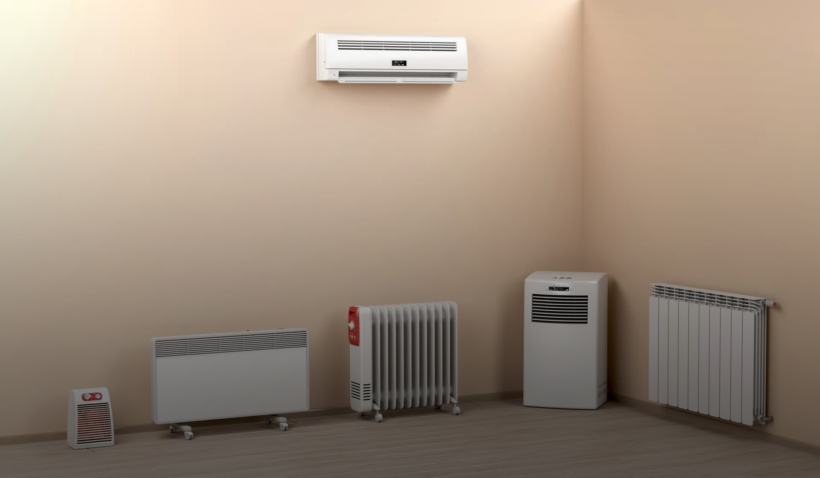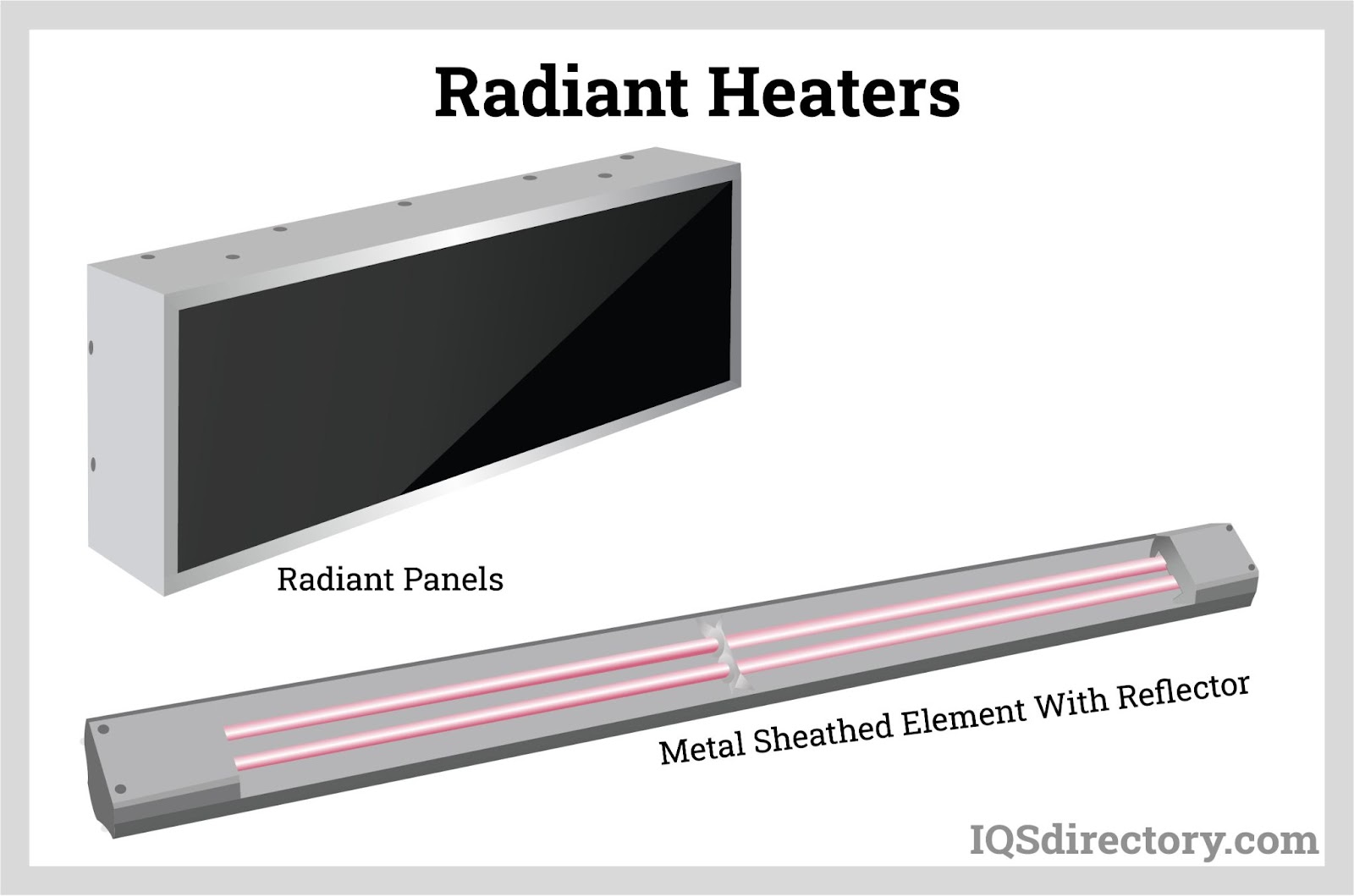Our 1 Source Portable Air Diaries
5 Easy Facts About 1 Source Portable Air Explained
Table of ContentsThe 7-Minute Rule for 1 Source Portable AirGet This Report about 1 Source Portable AirThe Buzz on 1 Source Portable Air1 Source Portable Air for BeginnersNot known Incorrect Statements About 1 Source Portable Air
Running costs are based on an electrical power price of 40c/kWh. The expenses for 3 months' use in winter season are based upon 500 hours utilize, or roughly 6 hours per day for 3 months. Maximum heat output is based on the maximum wattage of the models we've checked (we concentrate on higher electrical power heaters).
This depends upon what cost you're looking at ahead of time acquisition, or running expense? As usual, there are trade-offs with either choice. Usually, tiny fan heating systems are less costly to purchase, but can have higher running prices. Oil column heating systems will be the most inexpensive on the market to run (on standard) yet only by a narrow margin in advance of convection heating units (like panel and micathermic panels).
Not known Incorrect Statements About 1 Source Portable Air
If you have a reversible ceiling follower, it'll aid spread the warm around the area a lot more evenly. The designs in our electrical heaters test typically array in cost from well under $100 to over $900, yet we've located a greater cost doesn't always imply better performance. A variety of expensive heating systems have actually stopped working to impress our testers, while some more affordable versions create surprisingly bargains.
As the name suggests, they emit warmth from a heated heating component (so the household will have to take turns sitting in front of it). Radiant heating units are relatively affordable.
Glowing heating units normally set you back between $20 and $200. Oil-filled column heating units don't really shed oil they use electrical power to warm the oil that's secured inside their columns or 'fins'.
How 1 Source Portable Air can Save You Time, Stress, and Money.
Some column heating systems aren't also oil-filled yet rather utilize other product or heating technology to work the same means - 1 Source Portable Air. The risk of fire with an oil column heating unit is low contrasted to other heating system kinds, however never ever no. Oil heating systems don't have actually exposed components like radiant heating systems do, and their surface temperature level is less than numerous other heater types (their large surface makes up for it)
Oil column heating systems will not blow up, and while they don't burn their oil to create warm, it's still flammable, so there is a fire threat if the oil leakages, if the heating system why not try these out topple and leakages, or if flammable objects or material come right into call or drop on the heater. You must work out the very same degree of care with oil heating units when it comes to other heating unit types, and never hang towels or clothes over one to dry them make use of a drying shelf instead, at least one metre away.
Column heaters are especially valuable in areas where they'll be turned on for lengthy periods of time or where they'll run unattended, such as over night in a room. The surface areas you're most likely to touch on a column heating system do not get as hot as various other kinds of electric heating units. You can make use of a ceiling fan on extremely reduced speed to aid the column heating system to distribute the warmth faster and a lot more uniformly.
If there's not much air activity (as an example, if you're resting analysis or viewing TV), the heat might not be dispersed evenly. Oil-filled column heaters normally cost in between $50 and $450. Convection and panel heating systems draw cold air over an electric burner. The link heated air after that leaves the heating unit and increases in the direction of the ceiling, while cooler air relocate to replace it.
The Facts About 1 Source Portable Air Uncovered

Convection and panel heating units are much more portable than their oil-filled column heater counterparts since they're dramatically lighter. Like a column heating unit, you can utilize a ceiling follower on extremely reduced speed to distribute the warm quicker and a lot more uniformly.

Rumored Buzz on 1 Source Portable Air
Fan heating units are frequently smaller and a lot more portable than other electrical heaters. They additionally come in the kind of tower fan heaters, which can be better for distributing warmth around larger rooms as a result of their taller account. They can warm the air in an area much more quickly, evenly and promptly this page than a few other heater types.
Fan heaters (ceramic or otherwise) typically expense between $60 and $900. Ceramic follower heaters aren't always any different in price to non-ceramic models.